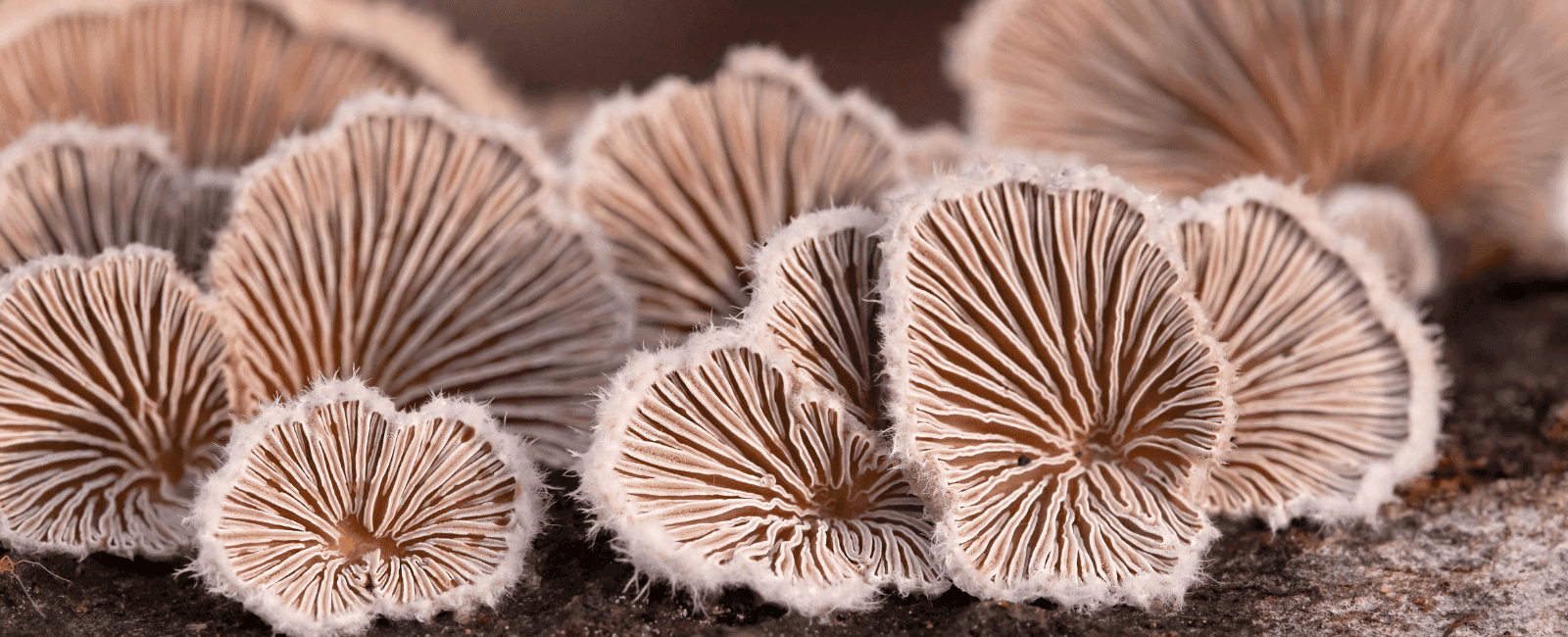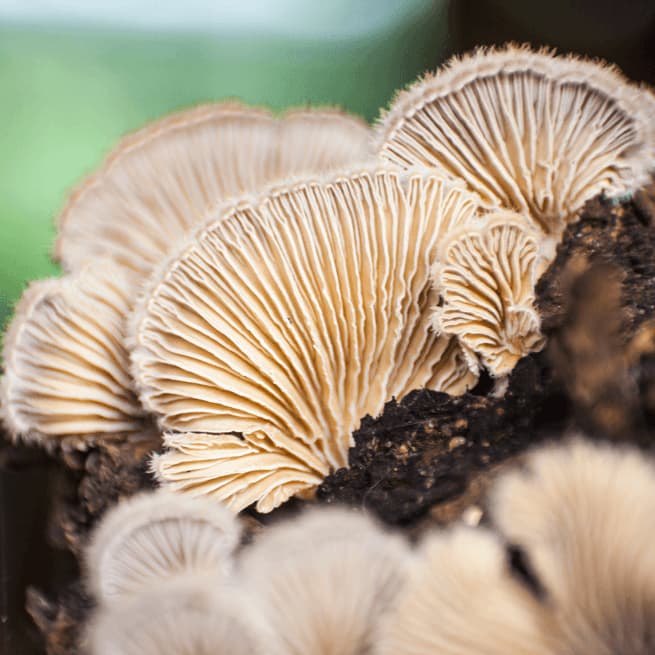

In the fascinating world of fungi, the concept of biological sexes is redefined through what is known as “mating types.” These types are essential for sexual reproduction among fungi and microorganisms, much like male and female roles in the animal kingdom, which are distinguished by specific reproductive organs and gametes like sperm and eggs.
Take, for example, the enchanting fairy inkcap mushroom (Coprinellus disseminatus), which boasts an impressive array of 143 different mating types. This means that each individual can potentially mate with any of the 142 other types, ensuring a myriad of genetic combinations.
Yet, even the fairy inkcap’s diversity is overshadowed by the staggering sexual variability of the split gill mushroom (Schizophyllum commune). With a jaw-dropping 23,328 distinct mating types, the split gill mushroom holds the title for the organism with the most sexual compatibility on the planet.
This vast assortment of mating possibilities serves an evolutionary purpose, as it significantly lowers the chance of inbreeding and encourages genetic diversity. Such variety is particularly beneficial for survival, as it equips the fungi to adapt to various environmental challenges.
The split gill mushroom

Split gill mushrooms are usually found on decaying wood, where they form shelf-like clusters. Their reach is global, inhabiting every continent except the icy expanses of Antarctica.
Their unique feature, the namesake split gills found on the underside of the caps, is a key to their worldwide success. These ‘gills’ are actually protective structures that close up to shield the mushroom’s reproductive surfaces during dry spells. In this state, the split gill can withstand arid conditions for long periods—years, or even decades. When the rains finally come, the gills open once again, and the mushroom releases its spores to the wind.
A mycological marvel
Usually, fungi that looks similar but grows on different continents is genetically different enough to be classified as another species. The split gill mushroom is the exception.
Pioneering research by mycologist John Raper and his Harvard University team in the mid-20th century revealed an astonishing unity among the global split gill population. By collecting samples from various parts of the world and cultivating mycelia from their spores, they discovered that different mating types from different continents could successfully mate with each other. This cross-continental compatibility demonstrated that split gill mushrooms belong to a single, incredibly diverse species.
Our understanding of fungi and their intricate mating systems continues to grow, and with each discovery, we gain more insights into the complexity and adaptability of these remarkable organisms.


